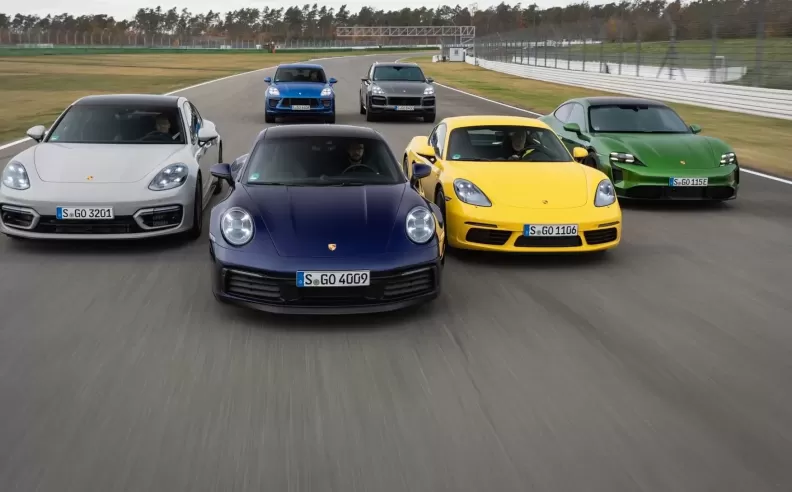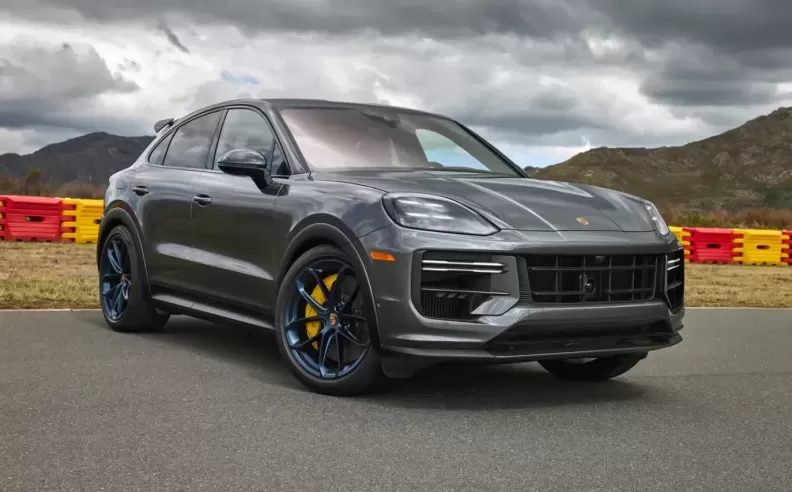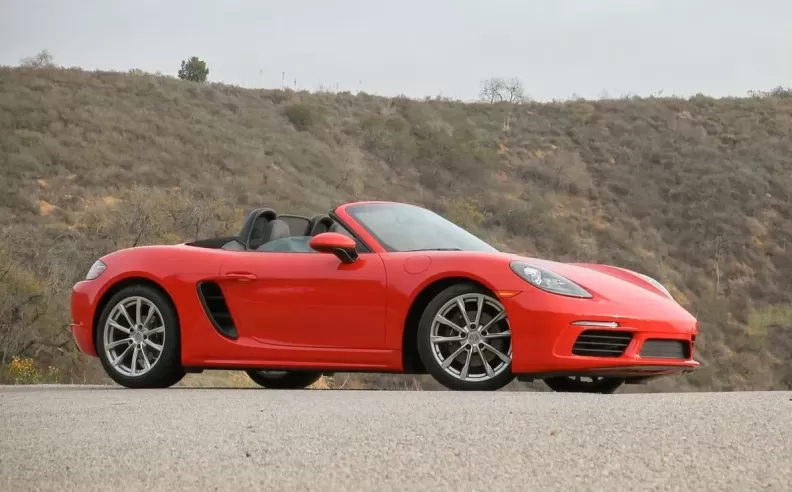
Porsche, renowned for its legacy of producing high-performance sports cars, faced a challenging period during the late 1990s. The company was on the brink of bankruptcy due to financial troubles stemming from the Asian financial crisis, a costly expansion into motorsports, and dwindling sales of its traditional sports cars. However, Porsche's daring move to introduce two unconventional models – the Cayenne SUV and the Boxster roadster – proved to be the catalyst that not only saved the brand from financial ruin but also reshaped the company's future.
By the late 1990s, Porsche was faced with a daunting reality: their traditional sports cars, including the iconic 911, were failing to generate the necessary sales and profits to sustain the company's operations. Additionally, Porsche's involvement in motorsports, while illustrious, had put a significant strain on its financial resources. Amidst these challenges, the Asian financial crisis of the late 1990s further deepened Porsche's financial woes, pushing the company closer to the edge of bankruptcy.

Cayenne: The Controversial SUV
The introduction of the Cayenne marked Porsche's entry into the luxury SUV market, a segment that was largely uncharted territory for the brand. The decision was met with skepticism and even criticism from Porsche enthusiasts who believed that an SUV was antithetical to the brand's sports car heritage. However, the Cayenne's success would prove the naysayers wrong.
The Cayenne, leveraging its Porsche DNA, offered a blend of performance, luxury, and utility that resonated with a broader audience. It attracted buyers who needed a practical yet sporty vehicle, and its success in markets like the United States and China played a pivotal role in boosting Porsche's sales and profits.
Boxster: Reviving the Mid-Engine Roadster
The Boxster, introduced in the late 1990s, was a mid-engine roadster that provided an accessible entry point into the Porsche lineup. While the initial response was positive, the Boxster's impact truly blossomed when Porsche made some critical refinements and brought it to market as a more attainable and approachable sports car. The Boxster's combination of driving enjoyment, open-top experience, and relatively affordable price point positioned it as a gateway for a new generation of enthusiasts to embrace the Porsche brand.

The success of the Cayenne and Boxster played a pivotal role in rescuing Porsche from bankruptcy and reestablishing it as a profitable and respected player in the luxury automobile industry. These two models not only attracted new customers to the brand but also provided a much-needed injection of revenue.
The influx of funds from the Cayenne and Boxster enabled Porsche to invest in research and development, thereby enhancing the performance and technology of its entire lineup. Additionally, the financial stability brought about by these models allowed Porsche to pursue other ambitious projects, such as the development of the Porsche Panamera sedan and the expansion of its motorsports programs.
The introduction of the Cayenne SUV and the Boxster roadster in the early 2000s marked a pivotal moment in Porsche's history. These two models, initially met with skepticism, not only saved Porsche from bankruptcy but also laid the foundation for the brand's resurgence and ongoing success. By daring to diversify its product range and stepping outside its comfort zone, Porsche demonstrated its ability to adapt to changing market demands and cater to a wider audience, without compromising its core values of performance, innovation, and craftsmanship. The Cayenne and Boxster serve as a testament to the power of innovation and strategic decision-making in transforming adversity into opportunity.

Wael is an automotive content writer specializes in creating written content for Motor 283. Producing a wide range of content, including blog posts, articles, product descriptions, reviews, and technical guides related to cars, trucks, motorcycles, and other vehicles, with an unprecedented passion for cars, and motorcycles.
